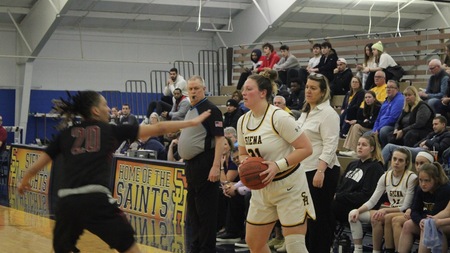COLUMN: Seasons at Siena: A Discussion About Retention
A new semester has begun at Siena Heights University, and many students who once attended the university have either transferred, decided to remain here, or have transferred into the University.
While this happens at every University, it is a reoccurring trend for Siena Heights.
Retention rates are an important aspect to pay attention to when it comes to doing research and school statistics. Retention rates give prospective students insight into whether or not students decide to stay after their first year.
CollegeFactual.com states that 71 percent of students stay after their freshman year. Comparing these numbers to other private institutions within Michigan, Aquinas has a 74 percent retention rate, Michigan-Dearborn has an 81 percent retention rate, Madonna has a 73 percent retention rate. With Siena’s being the lowest of the few compared here, one is left to question, why isn’t this number higher?
One of the main reasons people may decide to either dropout or transfer could be due to financial difficulties, and problems paying for tuition. Some may come to college with a good financial aid package and forget that they still have a great deal of out of pocket money to pay to the university.
Another reason to consider why freshmen transfer or drop out could simply have to do with their overall satisfaction with the college in general. It is important to consider how well a school caters to its students in terms of academic needs, how good specific major programs are, how satisfied a person is with their sports team and satisfaction with the overall quality of life on campus.
While Siena’s small class sizes and professor office hours can attribute to receiving more attention within the classroom, some may argue that it simply isn’t worth the amount of money that students must pay to attend. Many attendees have complained about the cost of room and board being something that they wish they had more financial aid for.
While the retention rates at Siena aren’t terrible, they definitely do not compare to public universities like Michigan State or Michigan, both of which are in the 90 percent range.
While most of the problems can be attributed to economic issues, there is still a lot to consider.









